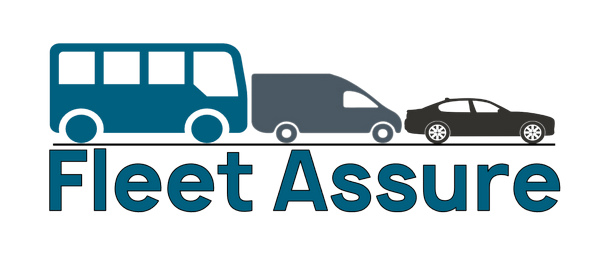Frequently Asked Questions
Work-related road risk is the likelihood of one of your staff being involved in an incident while driving as part of their job.
Yes, these are the same thing In this context
- More employees are killed in ‘at work road accidents’ than in all other occupational accidents put together
- Up to one-third of all road crashes involve someone who is driving for work purposes
- driver age, how long licenced, experience and familiarity with vehicle type,
- distractions – use of SatNav, mobile phones, eating, drinking, passengers, smoking, tuning radio
- driver impairment through tiredness, alcohol, drugs or medication, poor eyesight, stress, lack of concentration,
- use of seatbelts and appropriate restraints
Vehicle roadworthiness, adherence to maintenance schedules, appropriately secured loads, vehicle type, use of in-built safety features, keeping to relevant speed limits
- time of day the journey is made, duration allowed for the distance to be covered, route planning and taking suitable breaks
- environmental conditions such as weather, darkness, specific road condition, limits and restrictions.
- suitable processes for dealing with emergency breakdown and accident situations and specific route choice for the vehicle types
- employers have a legal duty to safeguard the health and safety of their employees while at work and employees are at work when driving company vehicles
- poorly maintained vehicles Increase the risk of accidents which can be costly both financially and in terms of employee welfare and can damage the employer’s reputation
- Failure to manage drivers may lead to unlicenced or inexperienced staff operating vehicles which greatly Increases the chance of accidents and inefficient operation
- yes, employers owe the same duty of care under health and safety law to employees driving their own vehicles as they do for company owned or lease hired vehicles
- private vehicles used on company business must be fit for purpose (e.g. avoiding delivery of unsecured goods or equipment etc in cars) and are in a safe condition
- drivers must be properly licensed, insured, fit and competent
- work-related journeys in private vehicles must also be managed in the same way as journeys in a company vehicle
Fleet Assure endeavour to send certificates for all successful assessments within 2 working days of the assessment
- accidents to your staff can affect your client’s official health and safety statistics
- responsible clients care about the welfare of everyone carrying out work on their behalf, not just their direct employees
- this demonstrates to your clients that you are properly managing WRR and not just saying that you do
- a structured management system properly applied will save time, money and reputation through better operation and reduced lost time and cost brought about by accidents and breakdowns
- however well-Intentioned, self-assessment rarely carries the rigour that an Independent external review will bring
- You should check a driver’s license prior to allowing them to drive for work even if they are using their own vehicle. This should include vehicle categories able to be driven, date of expiry and number of points held
- After this you should make regular checks – with their approval – on the DVLA website. Frequency should be based on the number of penalty points held. For Instance:
- 0–5 penalty points held– six monthly checks
- 6–8 penalty points held– quarterly checks
- 9 or more penalty points held– monthly checks
The Driver daily vehicle check shouldinclude:
- Wheels and tyres
- Brakes and steering
- Lights and markers
- Mirrors and window glass
- Obstructions to driver vision
- Bodywork condition
- Fluid levels and any leakages
- Vehicle safety equipment
- Load restraint systems, anchor points, bulkheads and curtains where relevant
Copies of daily vehicle checks need to be retained by the company as evidence of completion
- You need to have an overarching Driving at Work Policy Statement approved by the company leadership
- Procedures for driving at work that cover:
- Staff Induction
- Health and eyesight
- License endorsements
- Mobile Phone use
- Daily vehicle checks by drivers
- Journey planning
- Fatigue management
- Emergency procedures
- Maintenance, serviceability and roadworthiness
- Fuel emissions and air quality
- Reporting incidents
- Methods to address poor driving behaviour, once identified
This should be checked at driver induction and thereafter at least every two years
